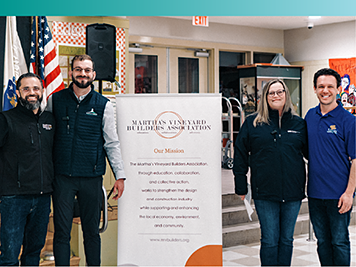Most museumgoers visiting New York City will make their way to New York’s Museum of Modern Art in pursuit of the beautiful colors and whimsical brushwork inherent to Van Gogh’s “The Starry Night.” However, not Anne Rappa. Marsh McLennan Agency’s (MMA) Fine Arts and Specie Leader views art a little differently than most people. While most visitors spend their time gazing at the captivating painting, Rappa focuses her attention elsewhere. “I watch the security guards,” she says. “Usually, it’s the same guard, and he does such great work. But there are always people who are trying to take selfies and backing up toward it. It’s not an easy job, managing the crowds.”
What about artwork hanging in a corporate office building? “Most people think, ‘Oh, how pretty are those pictures?’ But I will start looking them up to try to find out who owns the artwork—is it a corporate art collection? Is it a real estate firm? Is it the main shareholder of the real estate firm who owns the asset? Who is it that would be insuring this collection of objects?” Rappa muses. “Because of my work, I have a bit of a different lens about these kinds of things.”
For the past year, Rappa has worked in a specially created role at MMA, developing custom solutions to keep clients’ valuables safe. She has 30 years of experience in the field of fine arts insurance, representing museum, commercial, private, and corporate collections. In other words, she has to think differently. It’s her job to figure out how to protect art—whether it’s a world-famous painting or lobby décor—so it can be enjoyed by generations to come.
In the insurance world, the “fine art” label extends far beyond pictures. “Really, it’s anything that’s highly valuable,” Rappa explains, noting that she’s handled insurance for sculptures, rare books, maps, and manuscripts, historic memorabilia, sports memorabilia, a gem collection, and, one time, a rocket car. “Even something valuable like stained glass—a lot of people might not be aware, but stained glass can actually be added to a fine art insurance policy,” Rappa says. “Even if it’s operational as an element of real estate that’s in use, that stained glass still needs to be protected.”
Rappa’s official client list is confidential, but she’s worked with and represented personal and private collectors, as well as art dealers, galleries, universities, museums, and cultural institutions.



